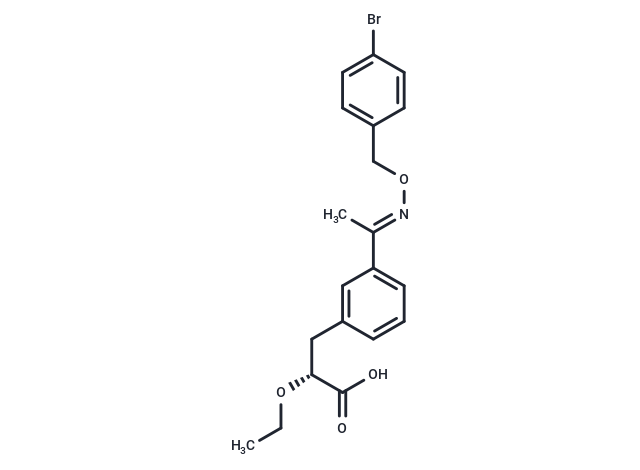Shopping Cart
Remove All Your shopping cart is currently empty
Your shopping cart is currently empty
KS15 is a cryptochrome (CRY) inhibitor that promotes G1 cell cycle arrest, enhances drug sensitivity in MCF-7 cells, and exhibits antitumour activity against human breast cancer cells.

| Pack Size | Price | USA Warehouse | Global Warehouse | Quantity |
|---|---|---|---|---|
| 1 mg | $149 | - | In Stock | |
| 5 mg | Preferential | - | In Stock |
| Description | KS15 is a cryptochrome (CRY) inhibitor that promotes G1 cell cycle arrest, enhances drug sensitivity in MCF-7 cells, and exhibits antitumour activity against human breast cancer cells. |
| In vitro | KS15 (1-10 μM) significantly restored E-box-driven luciferase activity in a dose-dependent manner, indicating that KS15 effectively attenuates the inhibitory effect of CRY proteins on CLOCK: BMAL1 complex-induced transcription. By suppressing the interaction between CRYs and BMAL1, KS15 enhances the transcriptional activity of the core molecular clock feedback loop [1]. KS15 directly binds to the C-terminal broussonetia papyrifera domain of cryptochromes (CRYs, including CRY1 and CRY2), thereby promoting E-box-mediated transcriptional processes [2]. KS15 not only reduces cell proliferation rates but also enhances the chemosensitivity of MCF-7 breast cancer cells to doxorubicin and tamoxifen. KS15 exhibits anti-proliferative activity in specific breast cancer subtypes and improves the efficacy of anti-tumor drugs [2]. |
| Synonyms | KS-15 |
| Molecular Weight | 420.3 |
| Formula | C20H22BrNO4 |
| Cas No. | 1033781-20-2 |
| Smiles | C([C@@H](OCC)C(O)=O)C1=CC(\C(=N\OCC2=CC=C(Br)C=C2)\C)=CC=C1 |
| Color | White |
| Appearance | Solid |
| Storage | store at low temperature | Powder: -20°C for 3 years | In solvent: -80°C for 1 year | Shipping with blue ice/Shipping at ambient temperature. | |||||||||||||||||||||||||||||||||||
| Solubility Information | DMSO: 80 mg/mL (190.34 mM), Sonication is recommended. H2O: < 1mg/mL (insoluble) | |||||||||||||||||||||||||||||||||||
| In Vivo Formulation | 10% DMSO+90% Corn Oil: 3.3 mg/mL (7.85 mM), Sonication is recommeded. Please add the solvents sequentially, clarifying the solution as much as possible before adding the next one. Dissolve by heating and/or sonication if necessary. Working solution is recommended to be prepared and used immediately. The formulation provided above is for reference purposes only. In vivo formulations may vary and should be modified based on specific experimental conditions. | |||||||||||||||||||||||||||||||||||
Solution Preparation Table | ||||||||||||||||||||||||||||||||||||
DMSO
| ||||||||||||||||||||||||||||||||||||
| Size | Quantity | Unit Price | Amount | Operation |
|---|

Copyright © 2015-2026 TargetMol Chemicals Inc. All Rights Reserved.